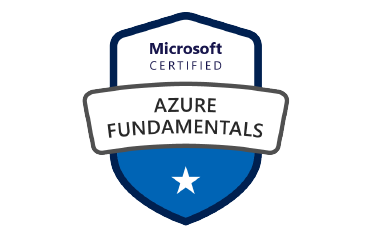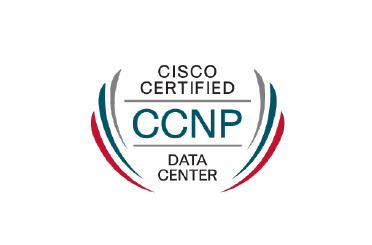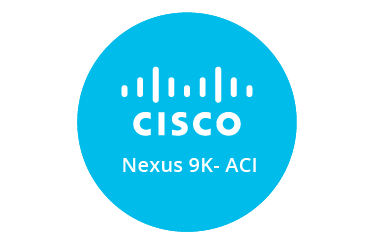Network virtualization offer hardware, software, and network functionality combined into a single, virtual network. Network virtualization is especially useful for networks experiencing a rapid, large and irregular increase in usage. It refers to the management and monitoring of an entire computer network as a single administrative unit from a single software-based administrator’s console.
Network virtualization also may include storage virtualization, which involves managing all storage as a single resource. Network virtualization is designed to allow network optimization of data transfer rates, flexibility, scalability, reliability and security. It automates many network administrative tasks, which actually disguise a network's true complexity. All network servers and services are considered one pool of resources, which may be used without regard to the physical components.
Benefits of Virtualization
- More flexible and efficient allocation of resources.
- Enhance development productivity.
- It lowers the cost of IT infrastructure.
- Remote access and rapid scalability.
- High availability and disaster recovery.
- Pay per use of the IT infrastructure on demand.
- Enables running multiple operating system.
Virtualization in Cloud Computing And Types
Many organizations are also taking advantage of cloud technologies to further their network virtualization objectives. Network virtualization in cloud computing follows the same basic idea, but instead relies on cloud-based resources to create a working virtual network. The term virtualization is often synonymous with hardware virtualization, which plays a fundamental role in efficiently delivering Infrastructure-as-a-Service (IaaS) solutions for cloud computing. Moreover, virtualization technologies provide a virtual environment for not only executing applications but also for storage, memory, and networking.
Types of Virtualization:
Application Virtualization:
Application virtualization helps a user to have a remote access of an application from a server. The server stores all personal information and other characteristics of the application but can still run on a local workstation through internet.
Network Virtualization:
The ability to run multiple virtual networks with each has a separate control and data plan. It co-exists together on top of one physical network. It can be managed by individual parties that potentially confidential to each other. Network virtualization provides a facility to create and provision virtual networks—logical switches, routers, firewalls, load balancer, Virtual Private Network (VPN), and workload security within days or even in weeks.
Desktop Virtualization:
Desktop virtualization allows the users’ OS to be remotely stored on a server in the data center. It allows the user to access their desktop virtually, from any location by different machine. A user who wants specific operating systems other than Windows Server will need to have a virtual desktop. Main benefits of desktop virtualization are user mobility, portability, easy management of software installation, updates and patches.
Storage Virtualization:
Storage virtualization is an array of servers that are managed by a virtual storage system. The servers aren’t aware of exactly where their data is stored. It makes managing storage from multiple sources to be managed and utilized as a single repository. Storage virtualization software maintains smooth operations, consistent performance and a continuous suite of advanced functions despite changes, breaks down and differences in the underlying equipment.










































